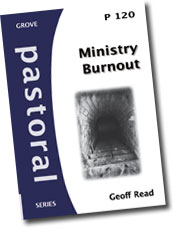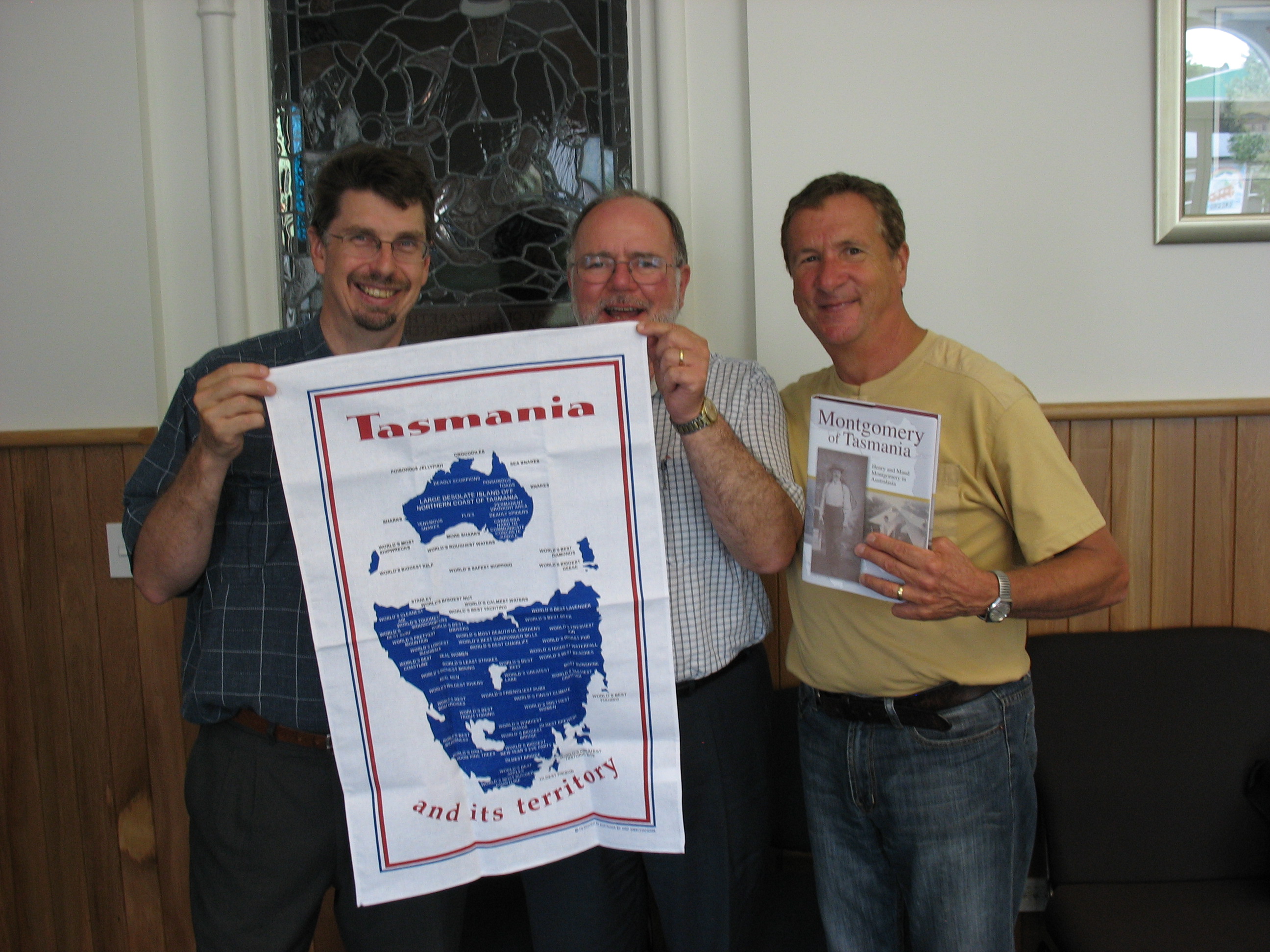I have finished the draft of the Bishop’s Easter message for Good Friday print media (250 words) and the Tasmanian Anglican (350-450 words) – April 2010. The latter draft which follows; the former to be hewn from it.
Healing through forgiveness
Life is complex. Consider evil. Evil is more complex than the simple “the goodies versus the baddies”. Evil is real. Evil is outside of us and yet finds an inner reality within us.
In real life, evil finds an echo in the heart of even the best of people. The “echo” or resonance or character of evil within our hearts is our rebel nature, our rebellion against God and the ways of God in the world.
Like Tiger Woods, all of us have a secret life that no one sees. No one except God, that is. Like Tiger Woods, we would like aspects of our past to be forgotten – but what we really need is for those wrongs in our past to be forgiven.
We all get things wrong from time to time. To put things right we need to admit to the wrong done, ask forgiveness of the person(s) concerned and commit ourselves to new ways. The healing power of forgiveness is central to healthy relationships.
In our relationship with God we also get things wrong from time to time. Just as we put things right with people, so we put things right with our Loving Creator.
Our saying, “Loving God, I am sorry, will you please forgive me?” is made easier because Jesus’ dying words from the cross apply to us, “Father forgive them for they know not what they do.”
How do these words apply to us? Jesus’ death on the cross is God’s offer of forgiveness to us for both our wrong acts (sins) and our rebellious nature (sin).
In the Lord’s Prayer, Jesus taught us to seek God’s forgiveness by praying, “forgive us our sins”. Of course, we can choose not to use these words. It is up to us to decide if we want the healing, peace and purposes that reconciliation with God will bring.
The cross of Christ is God’s offer of forgiveness and healing.
The resurrection of Christ is triumph over evil and the removal of death’s sting.
May these truths be to you, your trust and your life.
In the love of the cross and the hope of the resurrection.
+John 🙂


